> Nefandous Architectures1 :
Healing Gatherings and Reinventions of a Colonial Monument
Seville, Spain
2022
This was a spatial intervention
at the building of the Royal Artillery Factory in Seville during the three days
of the VIII Culture and Citizenship Meeting, titled "Bodies and
Cultures," organized by the Spanish Ministry of Culture. Our goal was
to transform this site—defined by its history of manufacturing weaponry for
colonization—into a space dedicated to collective healing through a series of
ecological, anti-racist, and nefandous / non-heteronormative actions.
The
proposal was led by the non-binary anti-racist collective Tranny Tranny House,
artist and activist Miguel Ángel Vargas—closely connected to Roma activism in
Seville—and Husos Arquitecturas. It unfolded through a co-design process
involving more than twenty cultural agents and activists participating in the
event.

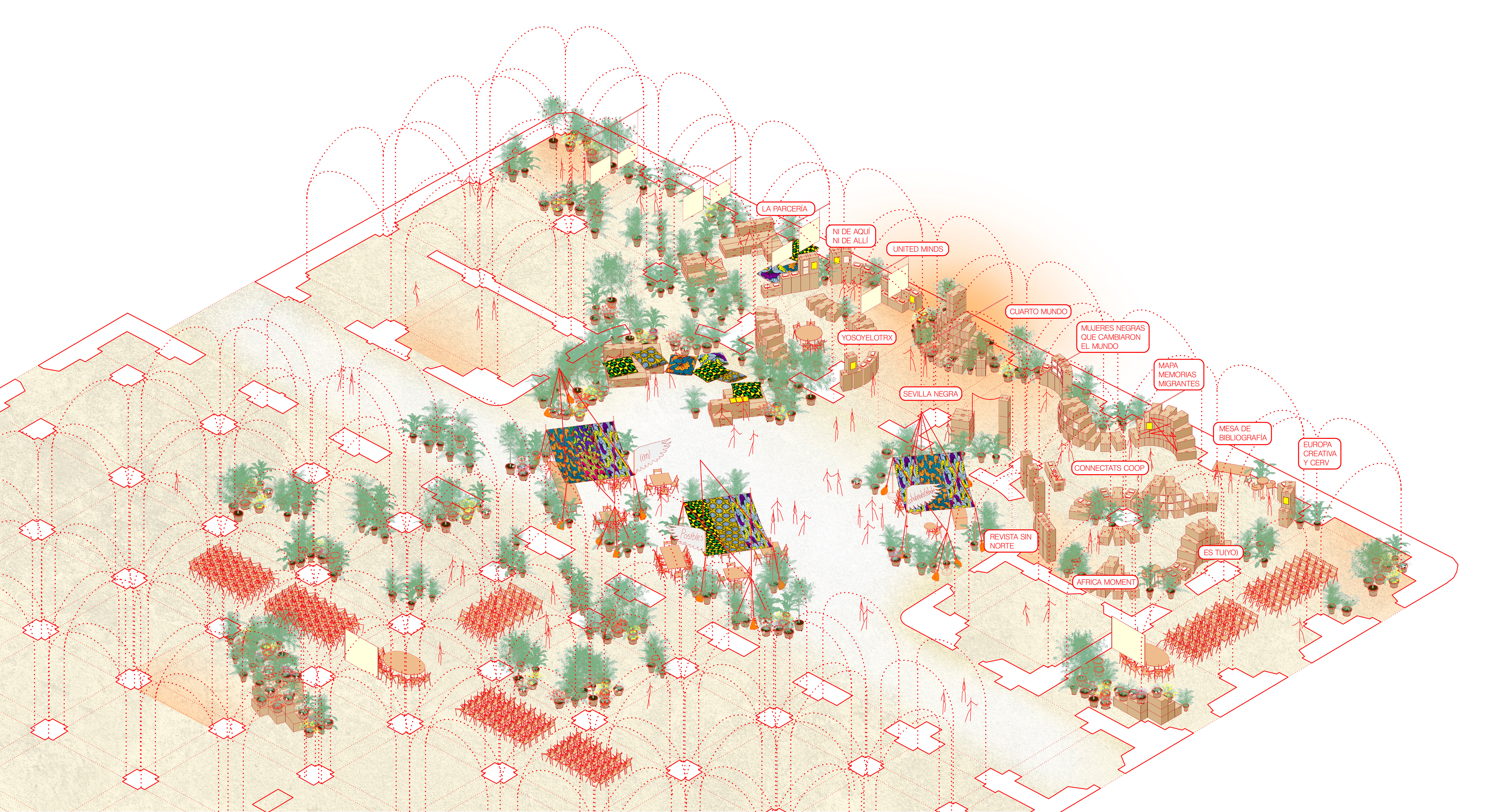
The
space was reimagined to host a variety of cultural activities, including areas
for presentations and performances, libraries, podcast recording studios, and
rest zones. Both the interior and the courtyard of the building were organized
around a non-binary altar dedicated to collective healing and the celebration
of diverse ways of being in the world—ways that persist among colonized peoples
despite 500 years of domination, heterocentrism, and ecocide. All structures
were built using a masonry system of recycled and recyclable cardboard, velcro,
and Afro-style wax textiles. The site was filled with 300 plants borrowed from
the Seville municipal nursery, arranged according to their continental origins.
These plants created a new landscape evoking the history of Eurocentric
violence tied to the domination of various territories worldwide. They
reflected the international trafficking of human and non-human nature that
persists today, while simultaneously narrating stories of survival and
collective resistance. On the altar’s surfaces, alternative narratives were
inscribed as spatial escrivivencias—forms of storytelling that deeply
intertwine writing with lived experience.2
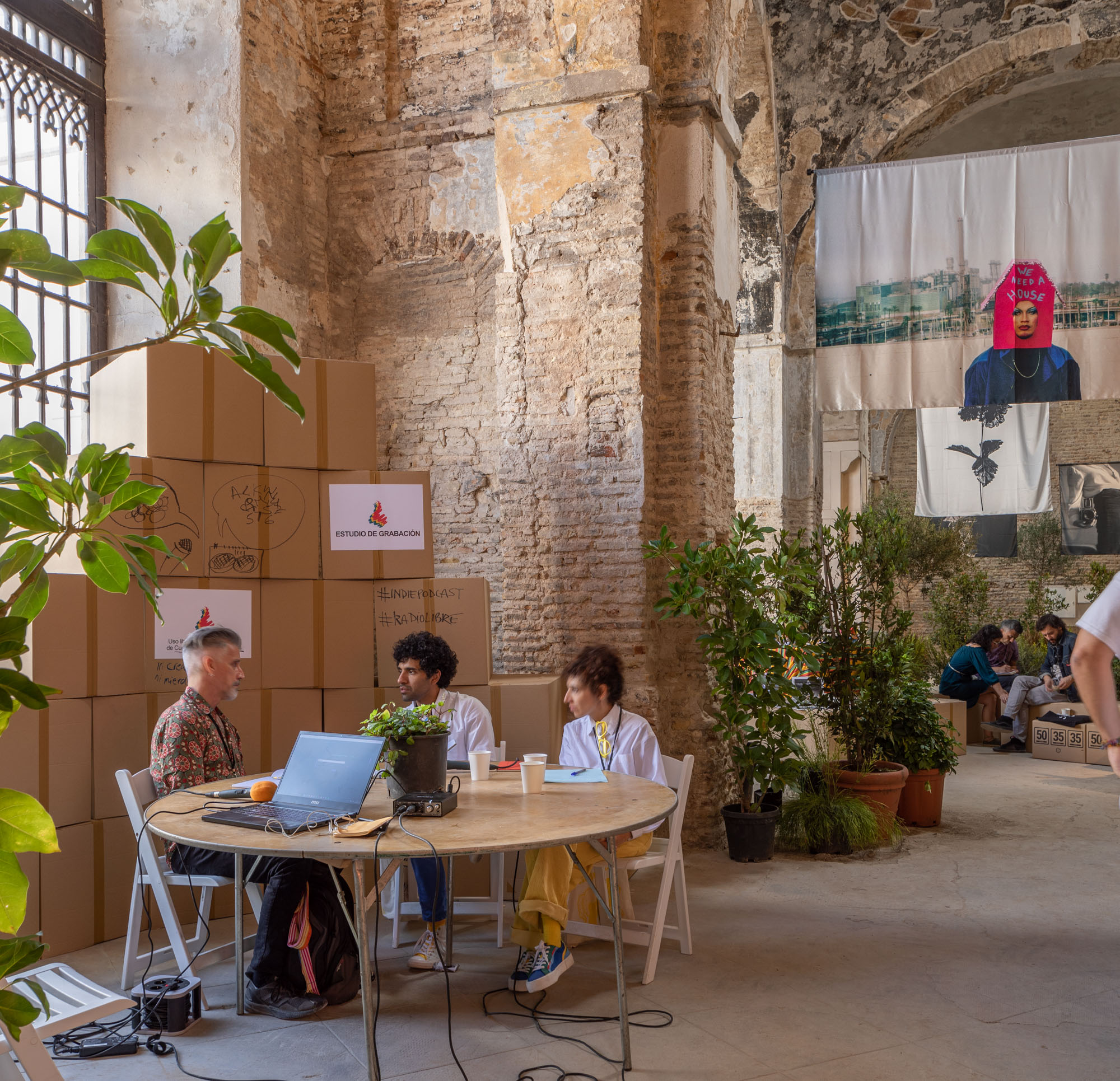
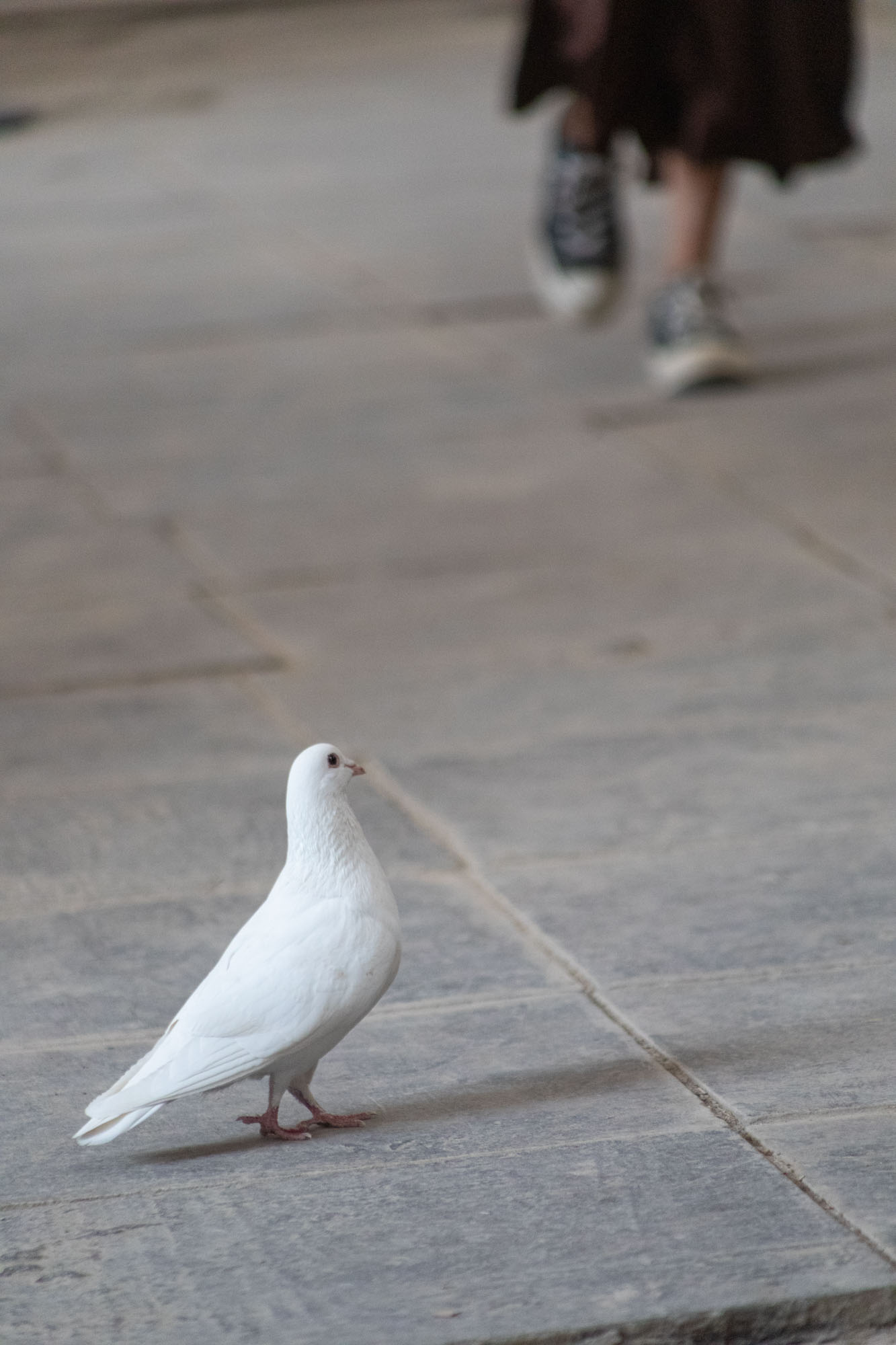
As
a gesture of welcome, three large cardboard dove wings were created to name and
mark
the space, with the text: "(Im)possible Cohabitabilities".
These wings honored doves, the building's current principal
inhabitants in its state of ruin, while recalling the interrelation between
humans and non-humans in contexts of domination and colonization. At the same
time, they served as a call for new interspecies kinships within decolonization
processes.
This project sought not
only to physically transform a space laden with histories of violence but also
to reimagine architecture as a tool for constructing new postcolonial forms of
community. It explored alternative joyful practices for engaging with colonial
historical monuments, offering a vision of shared and liberatory futures.
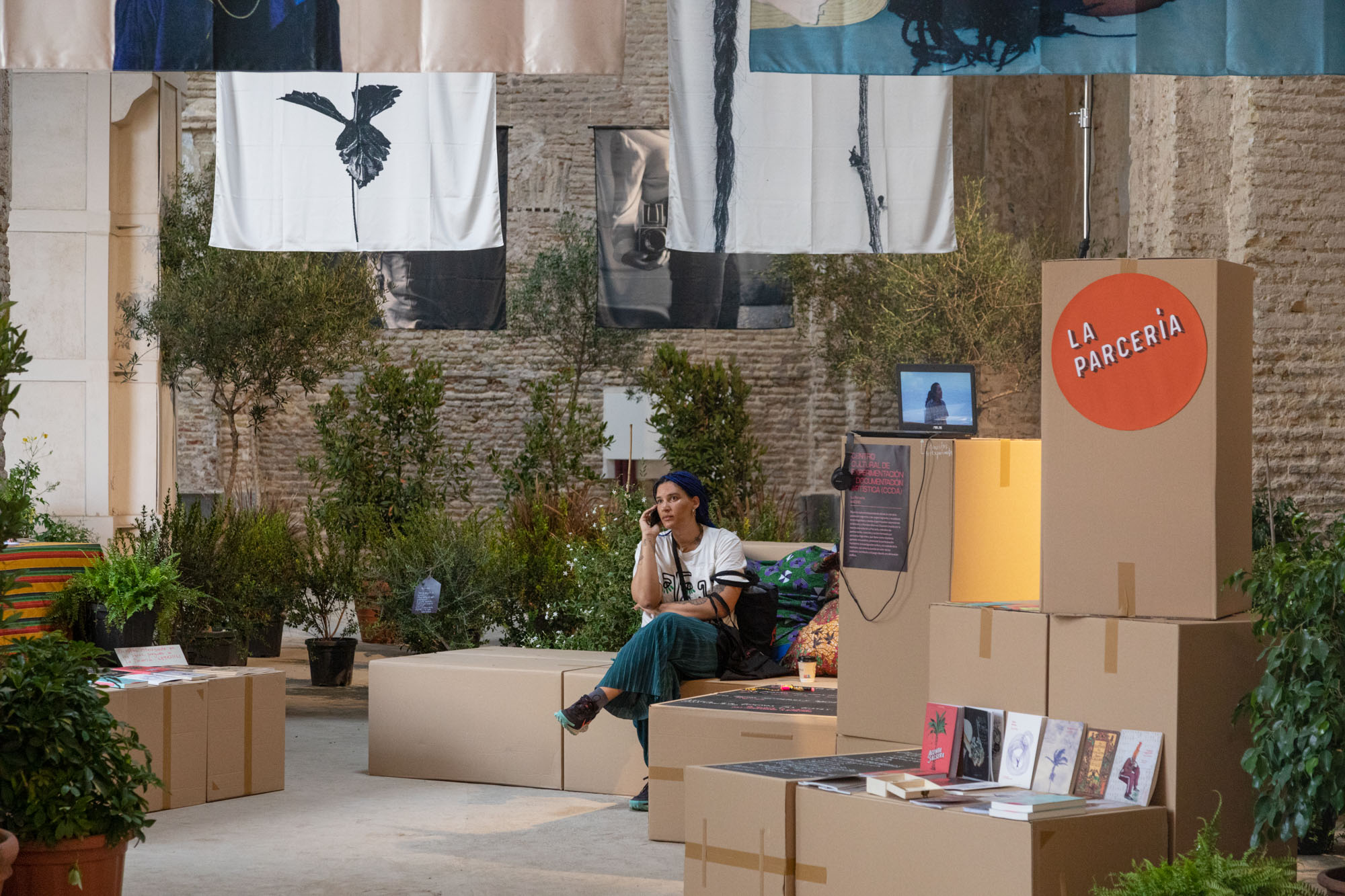
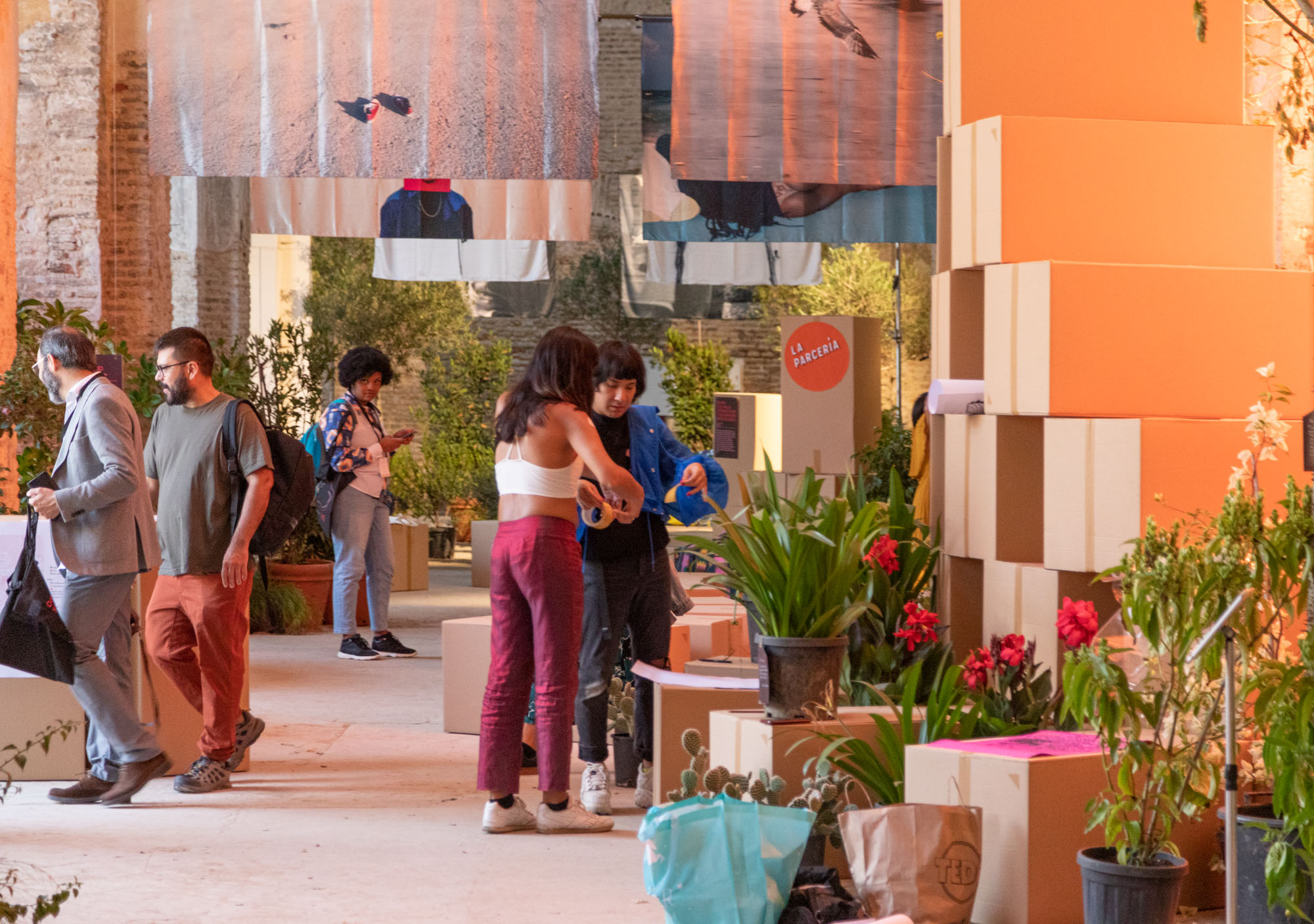
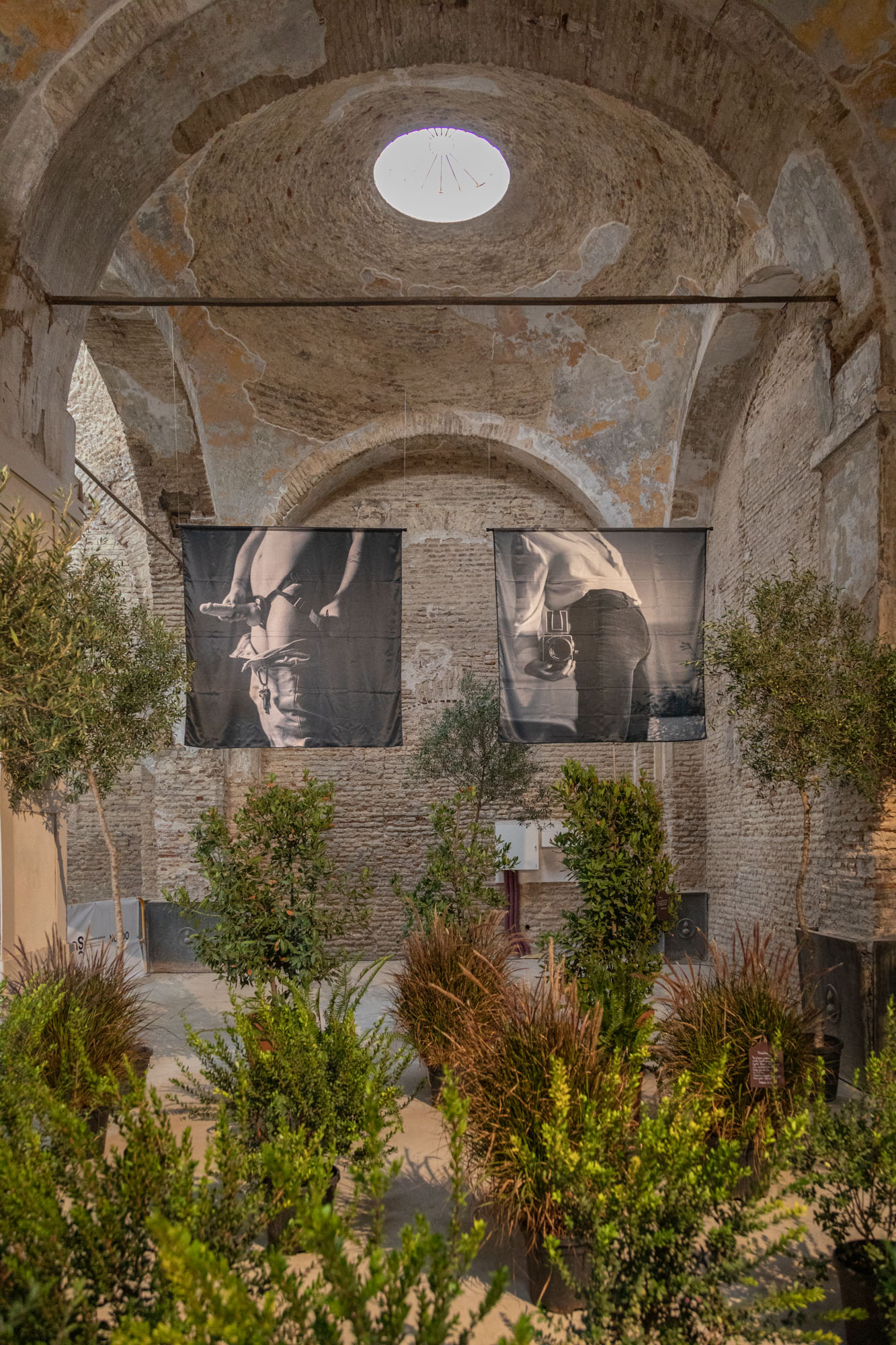
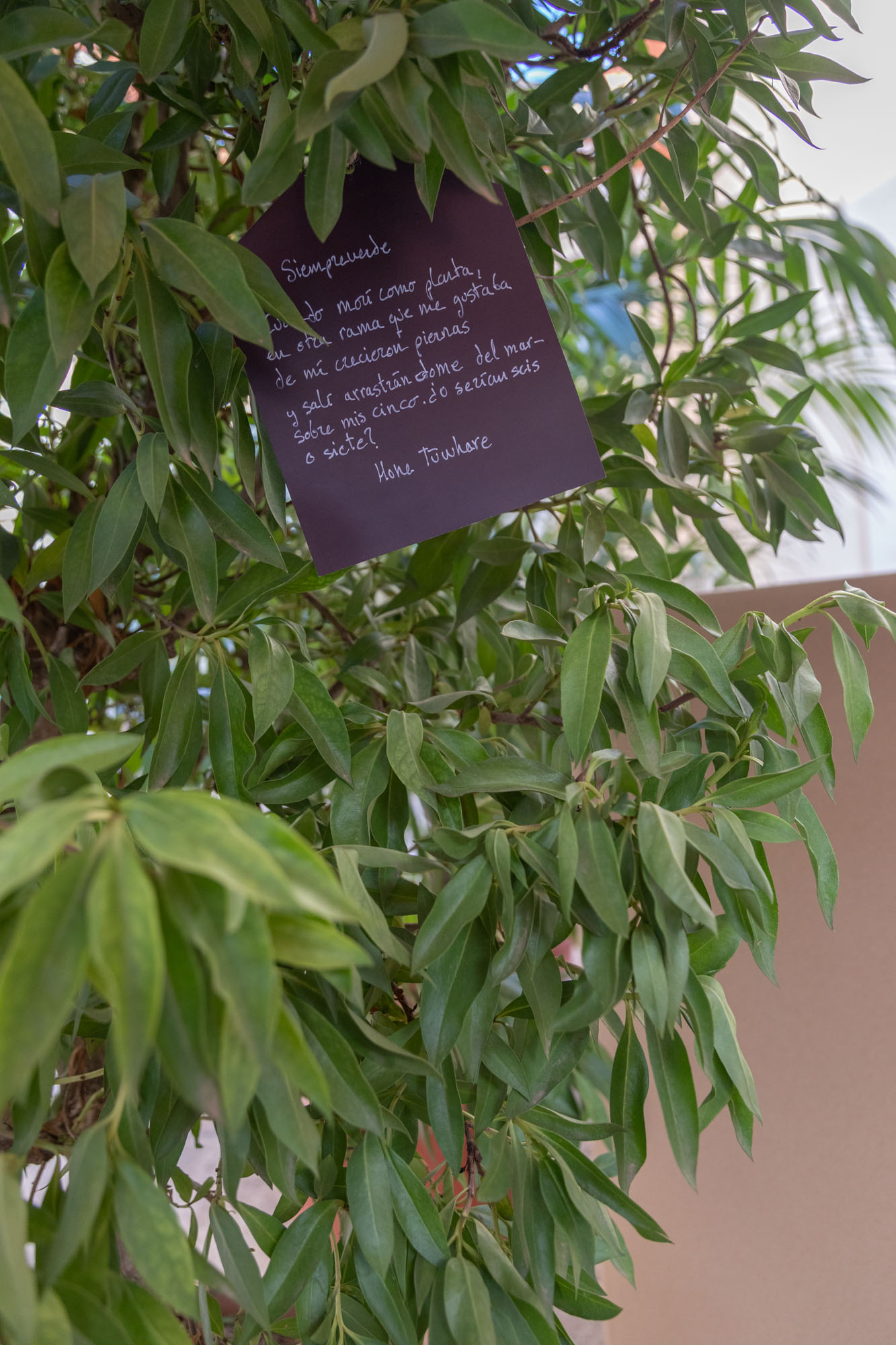
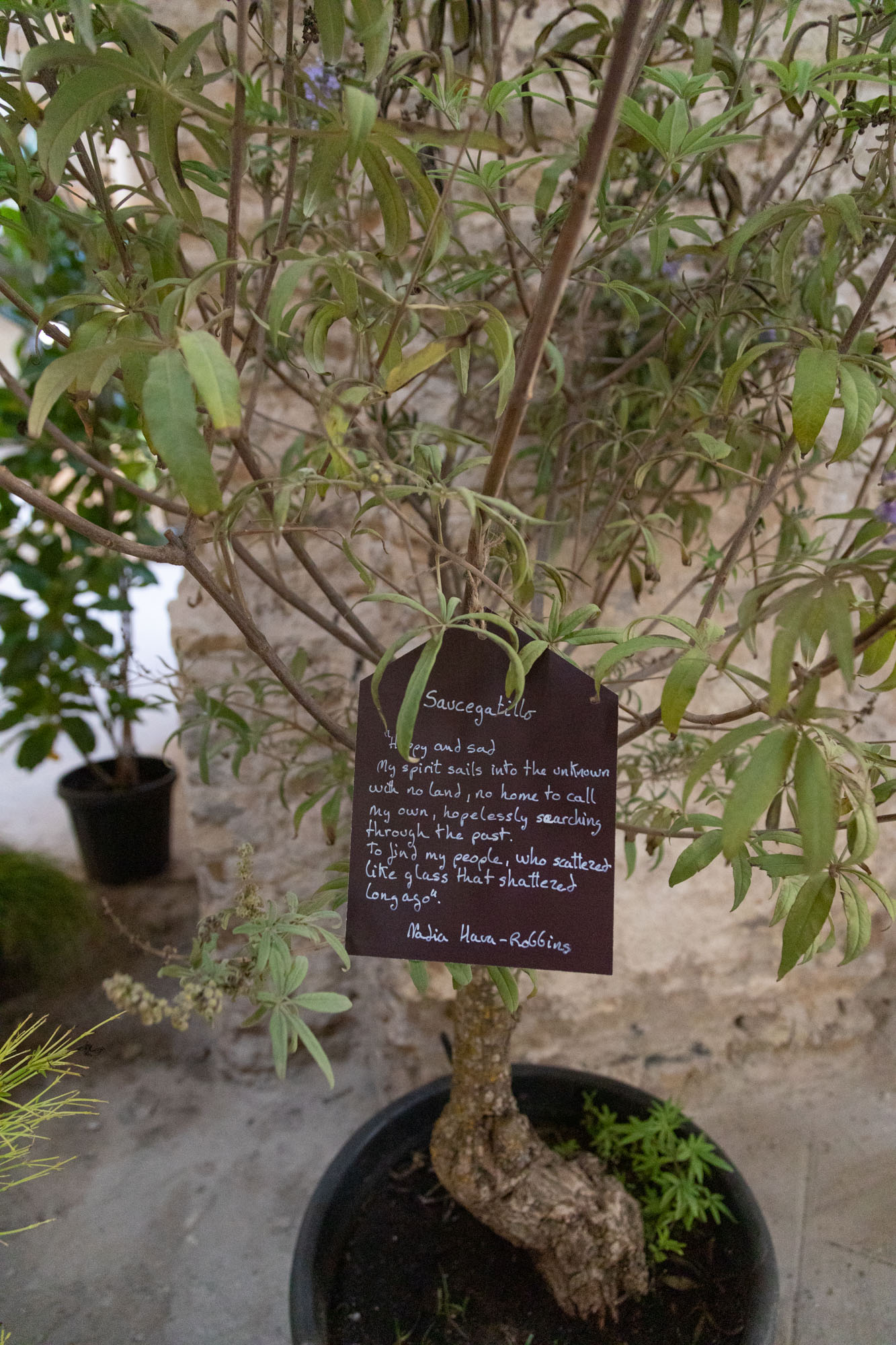
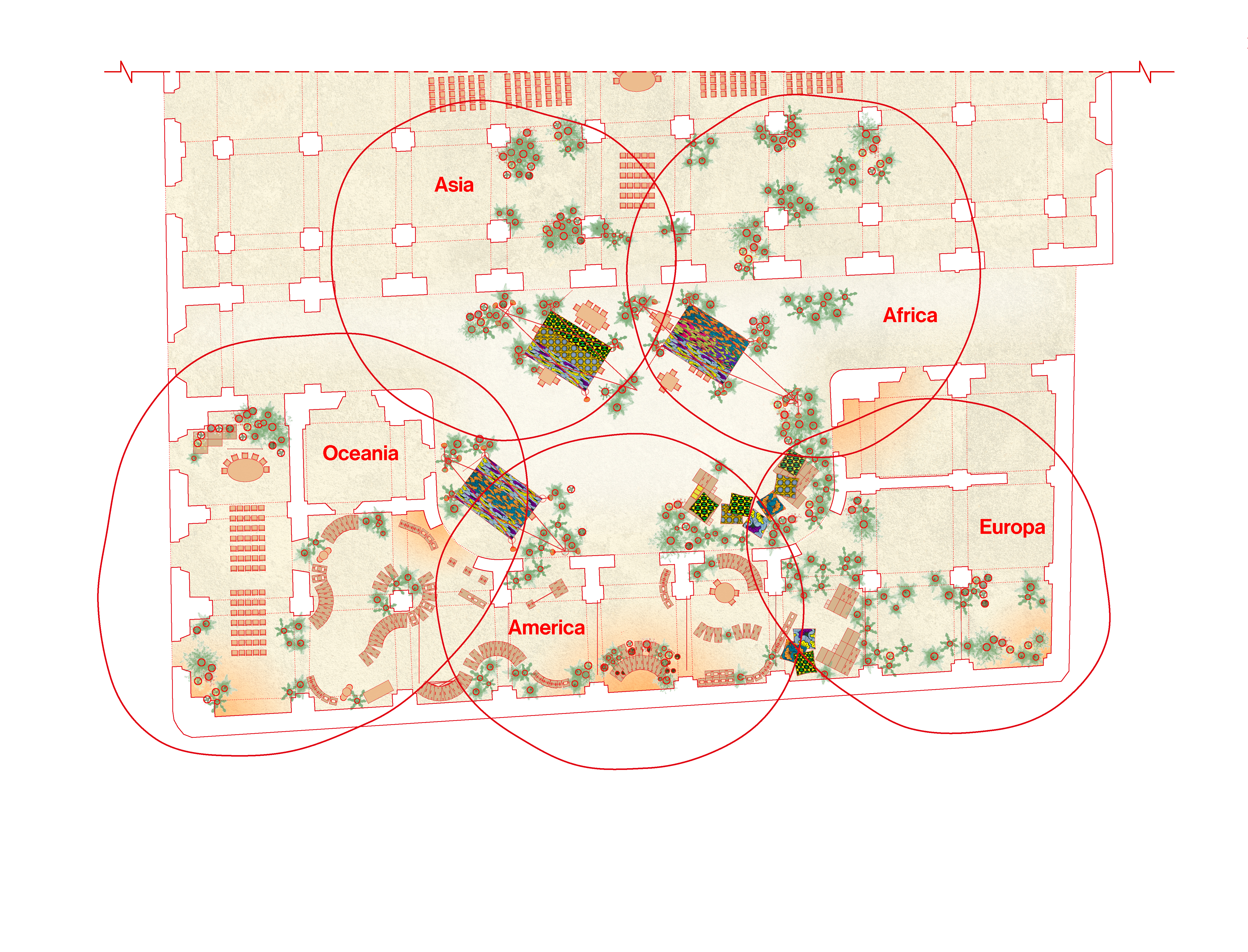
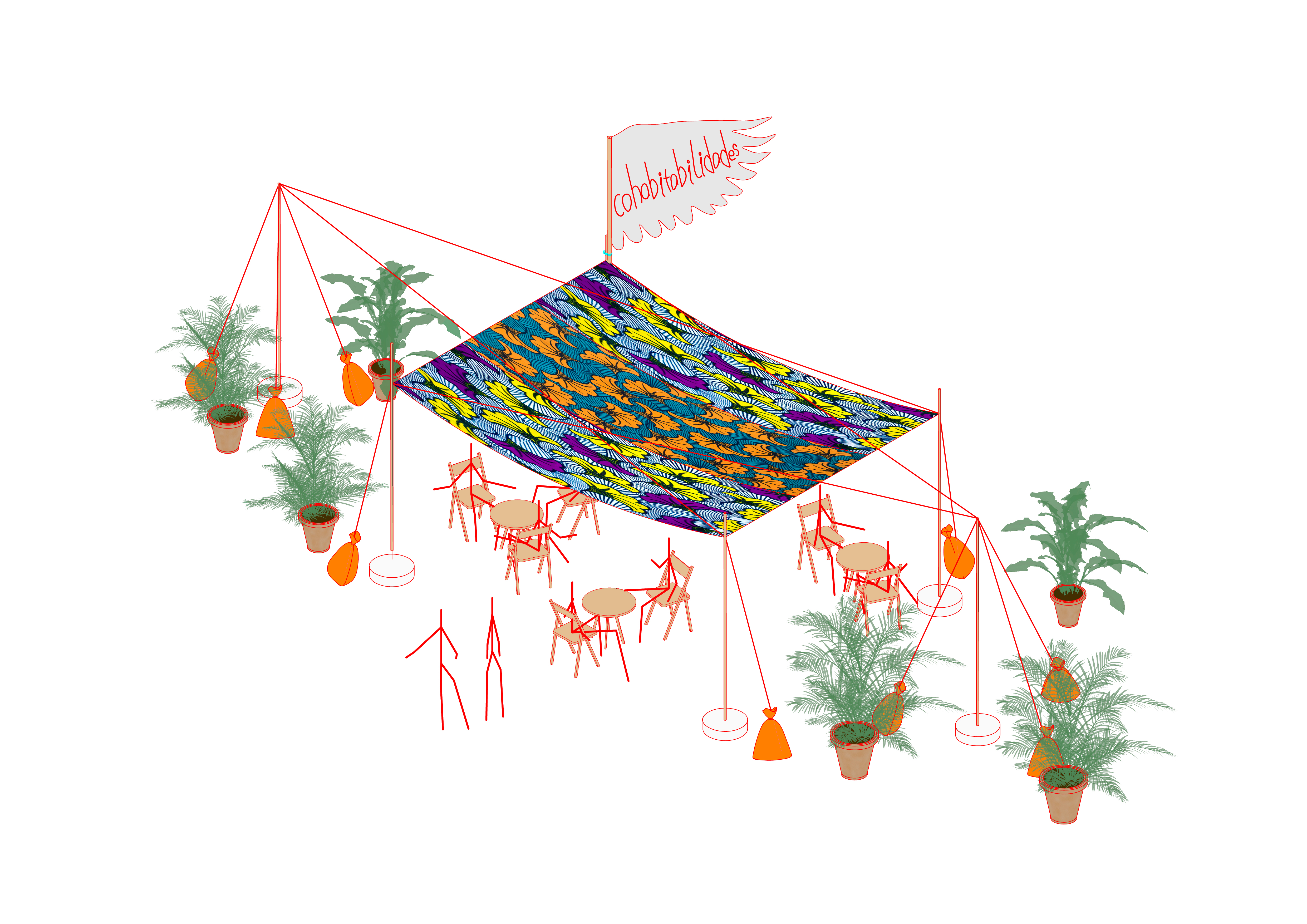
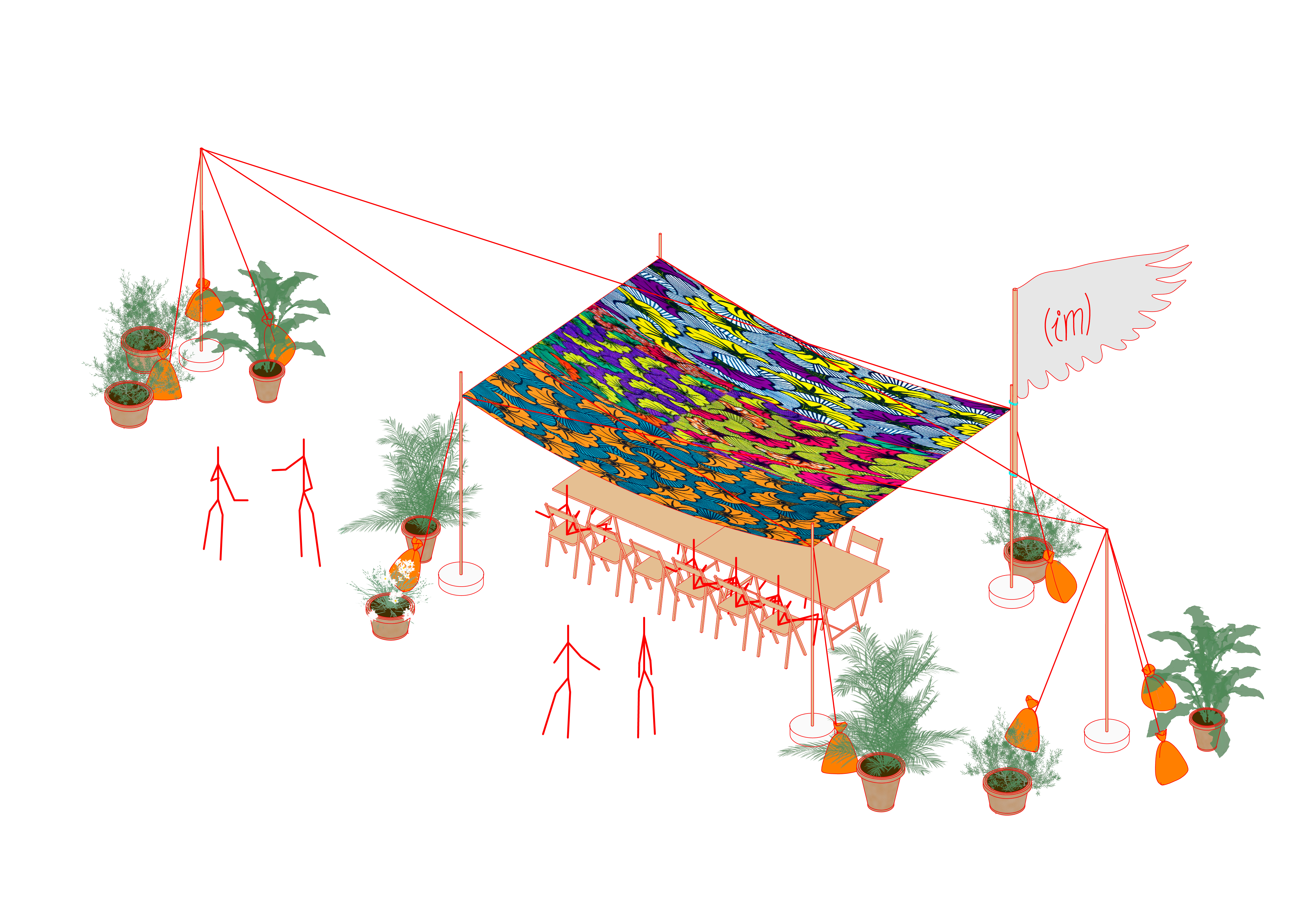
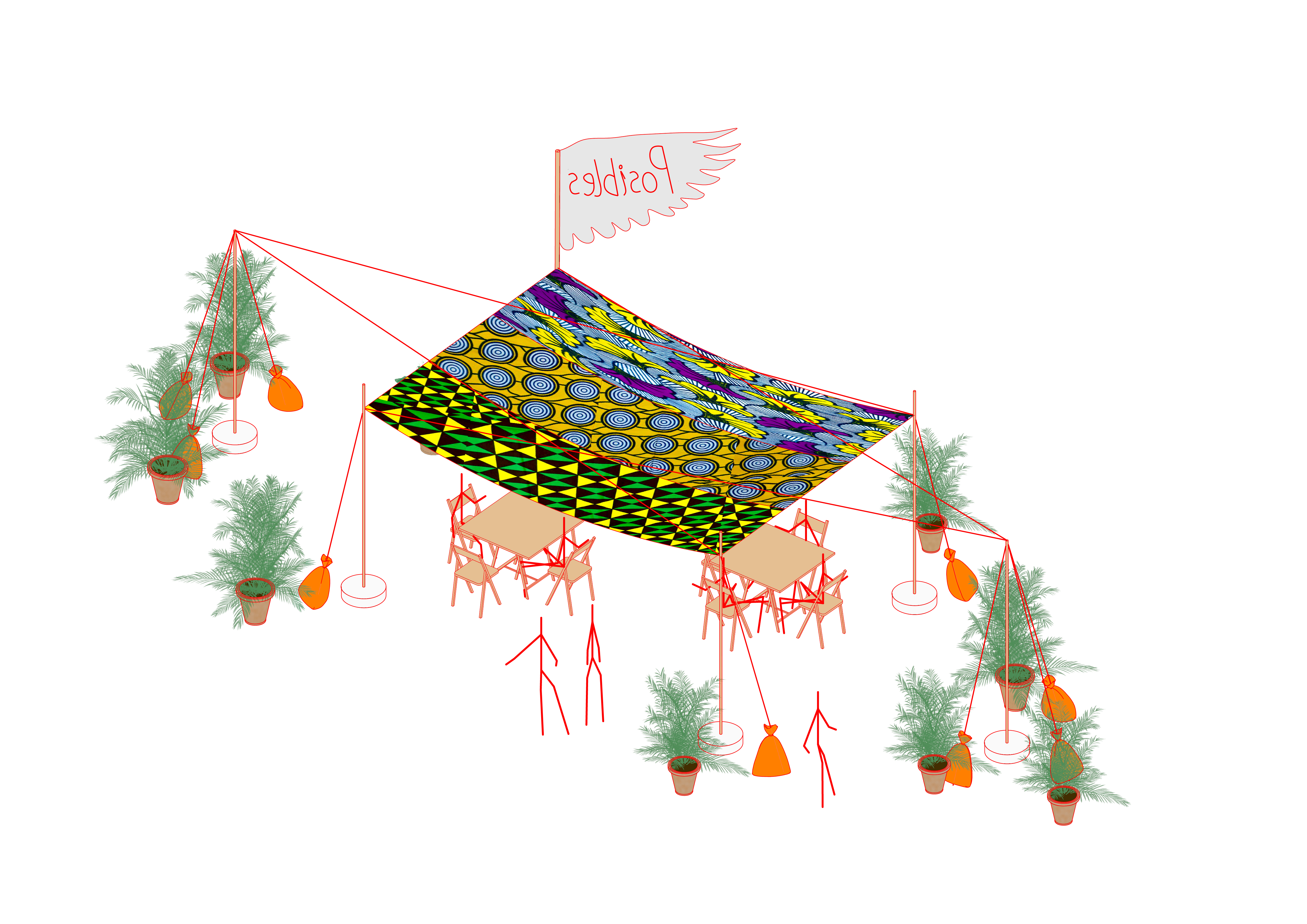
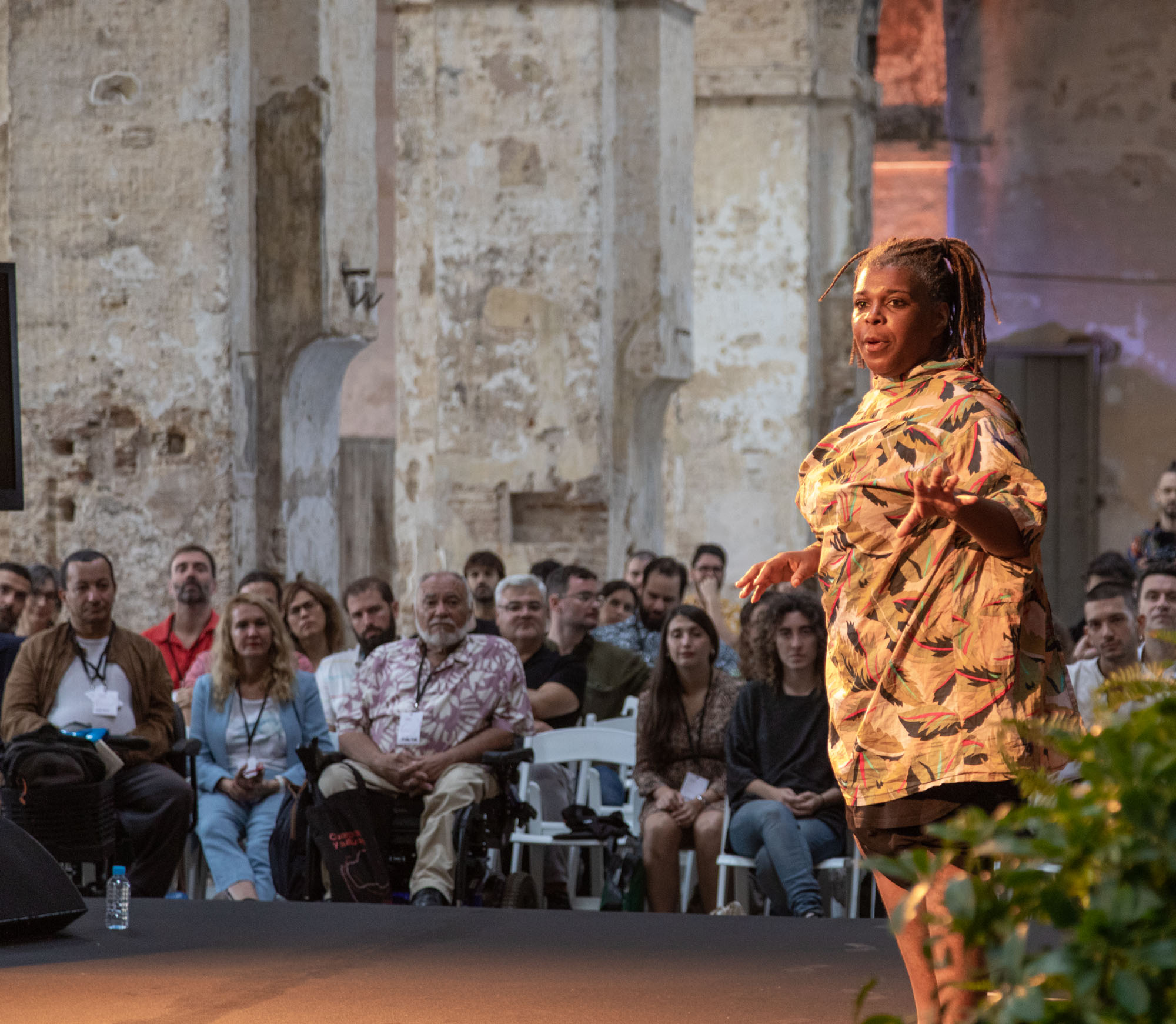
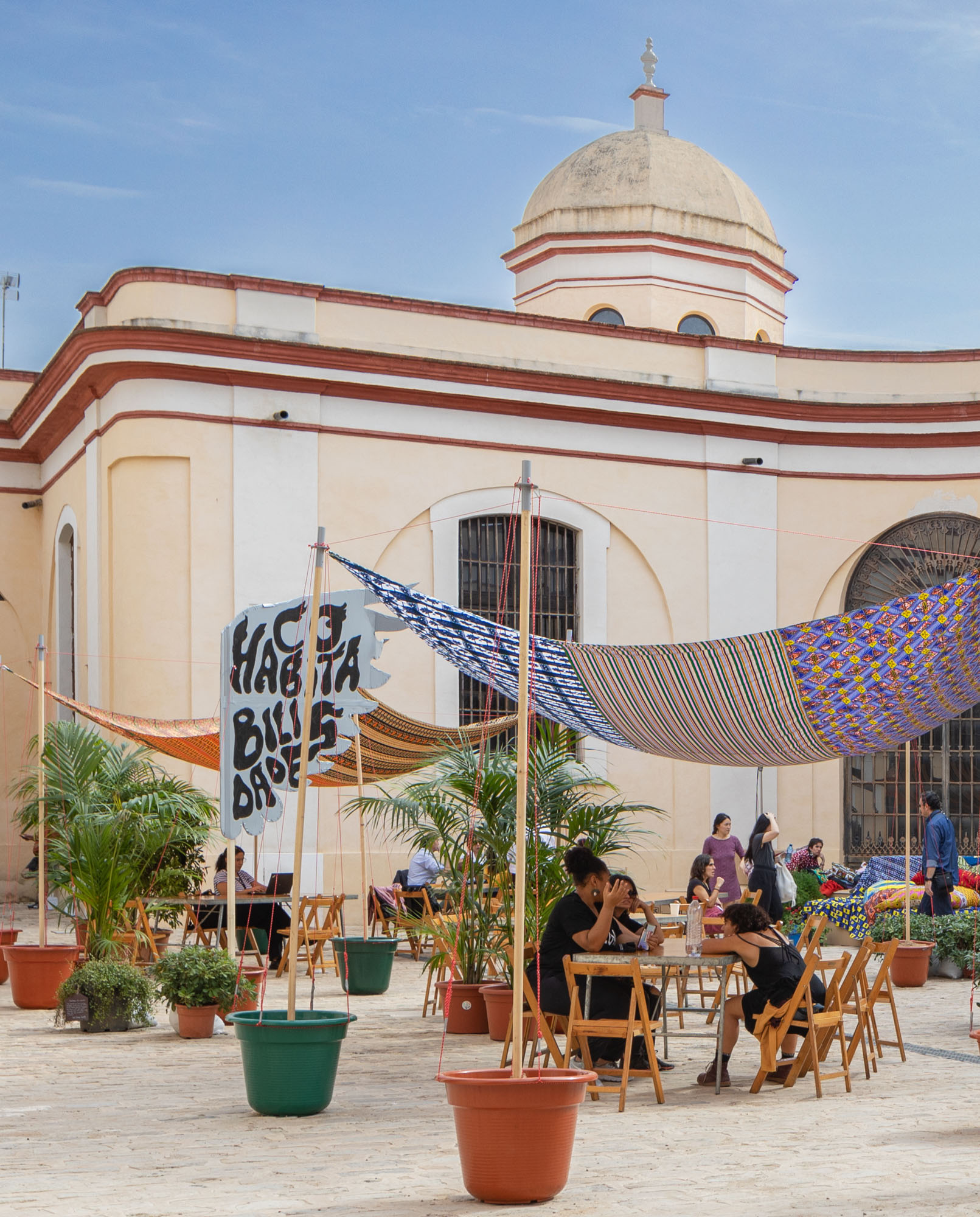
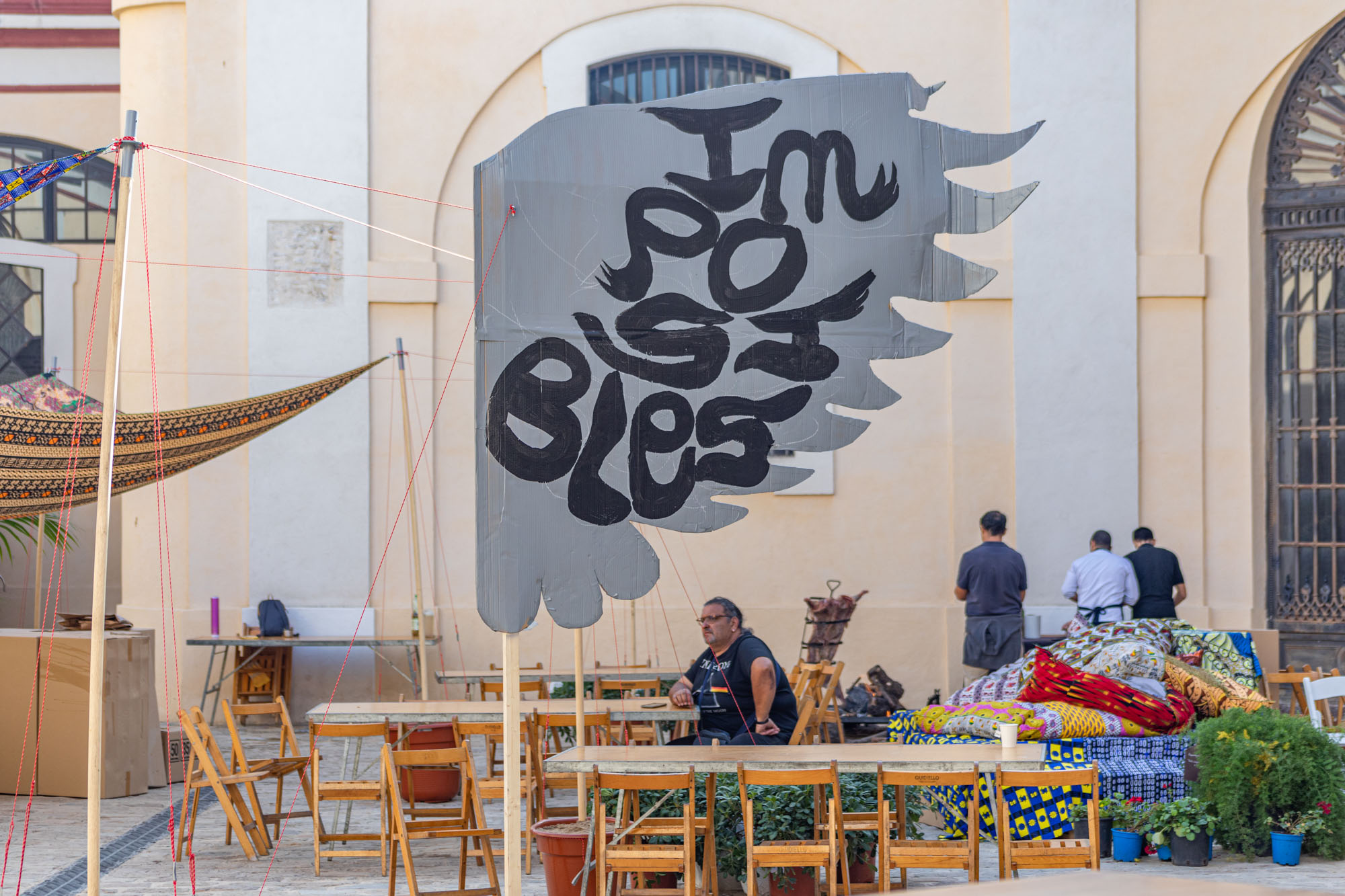
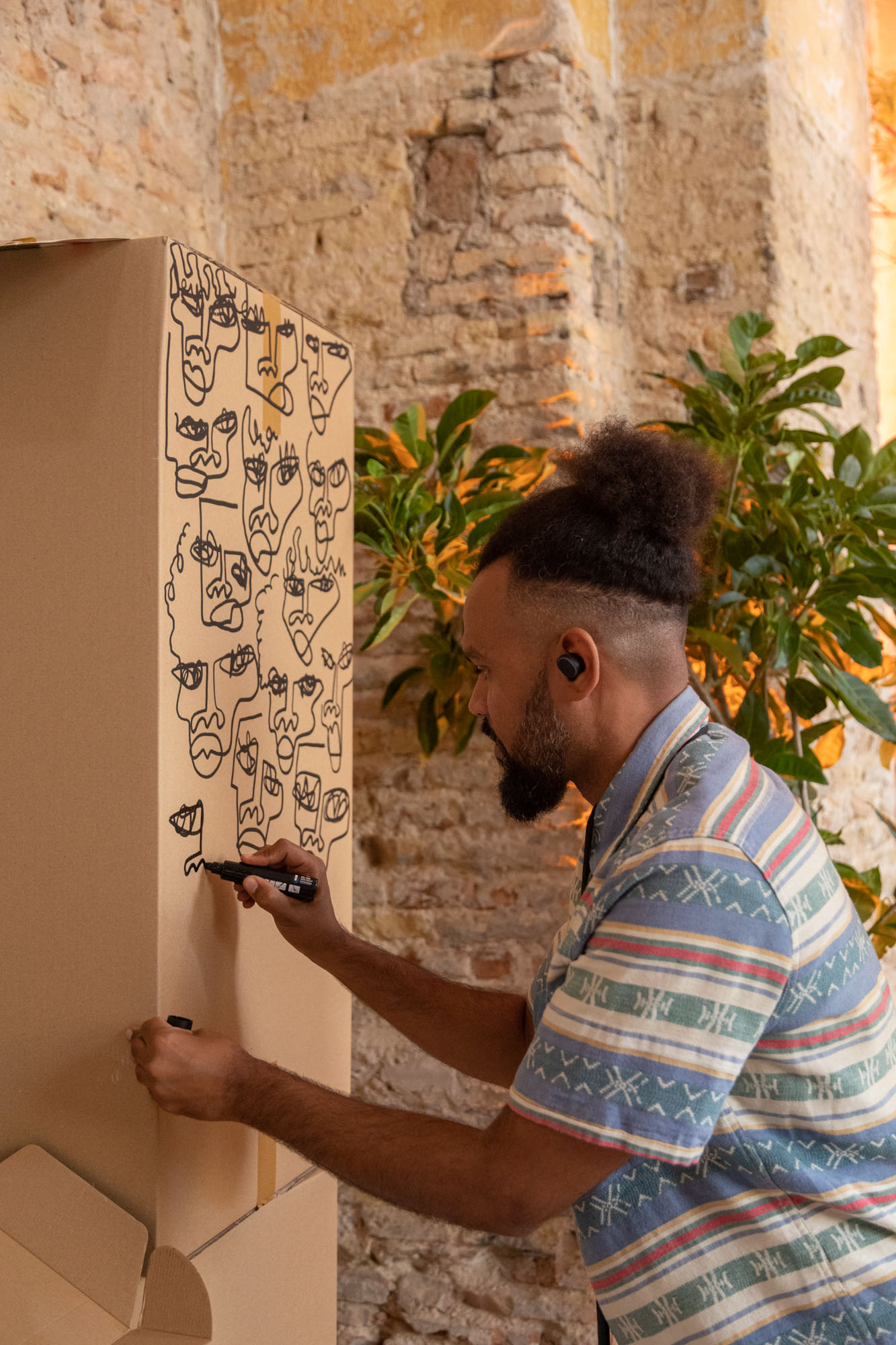
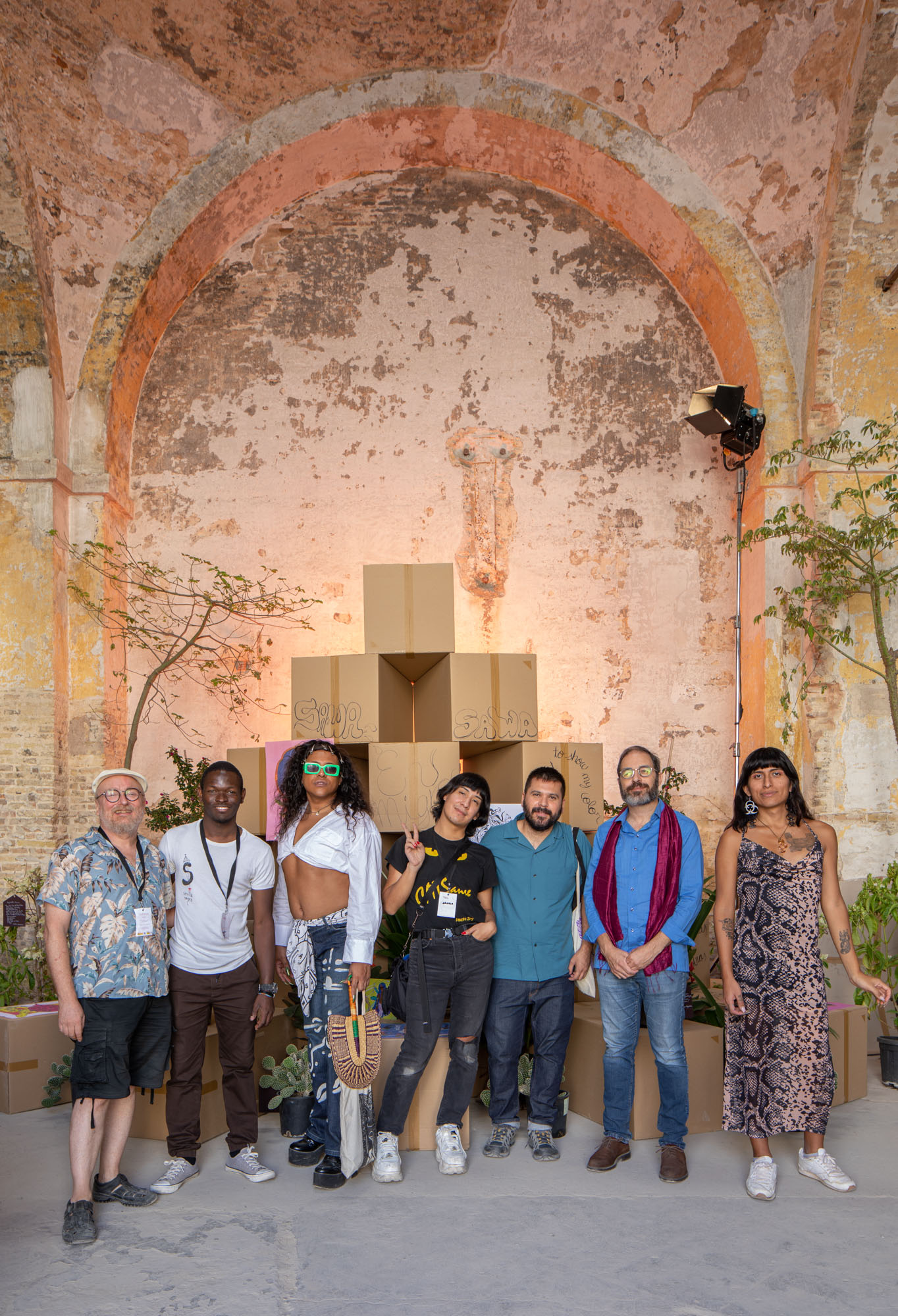

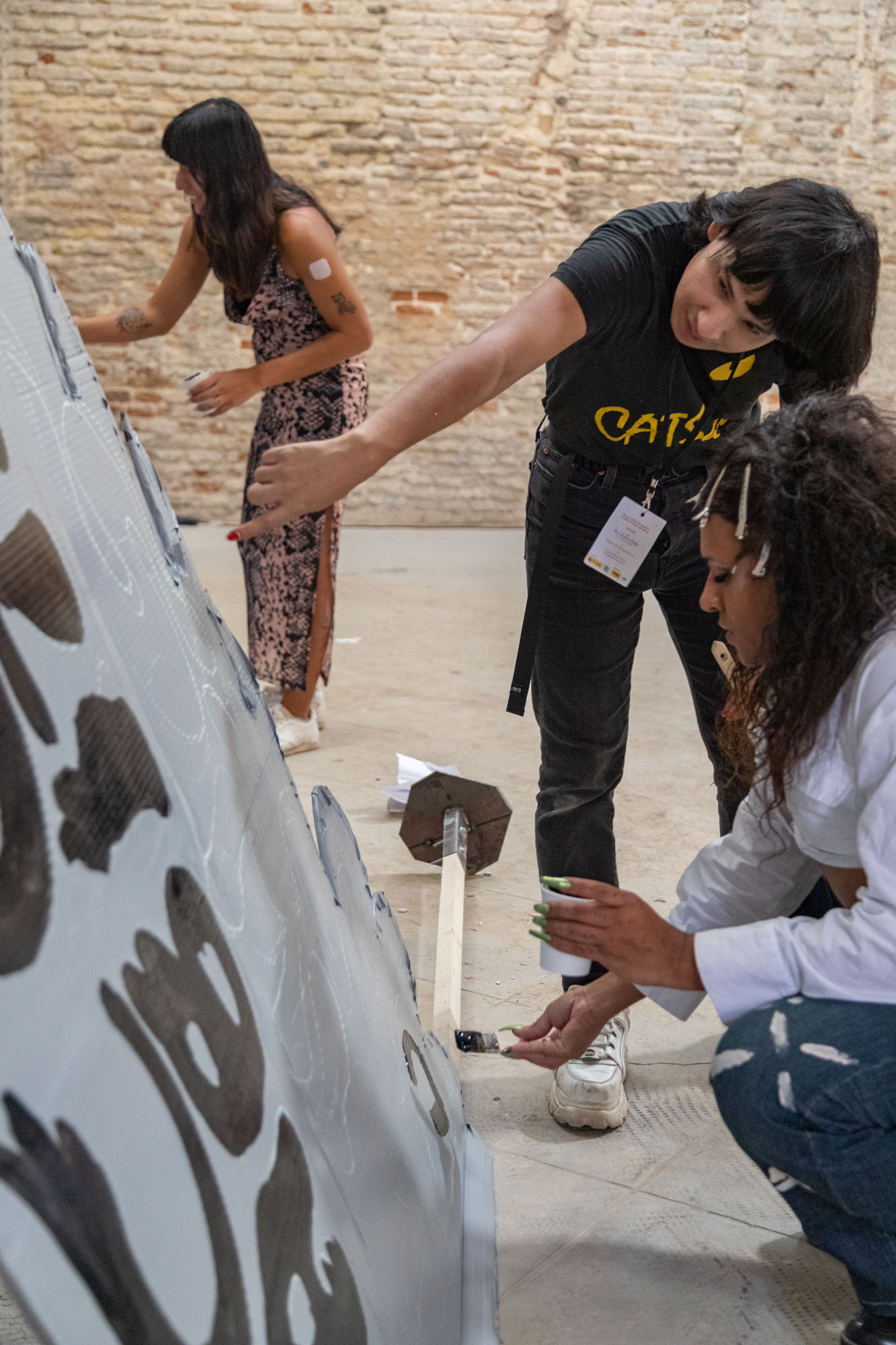
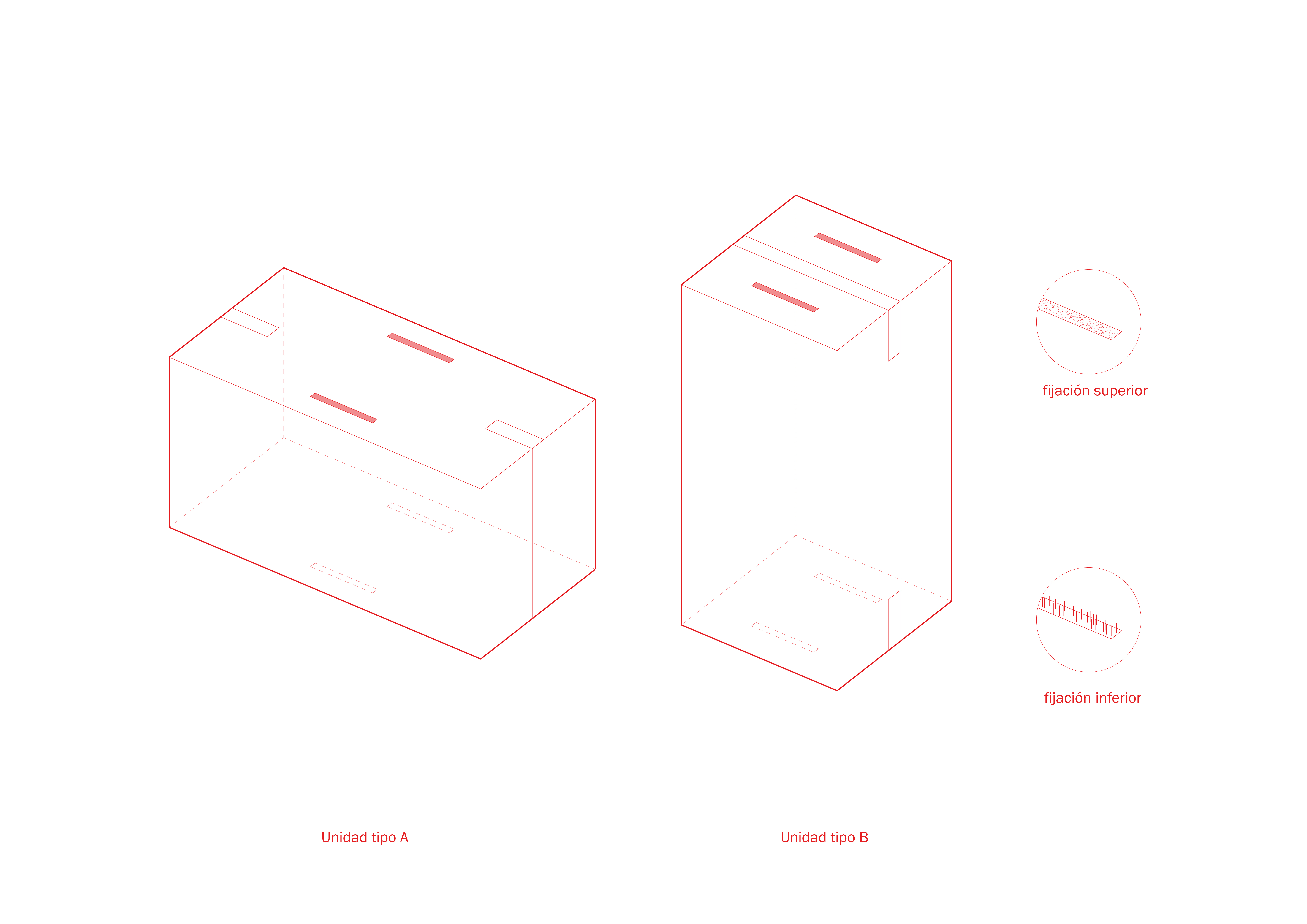
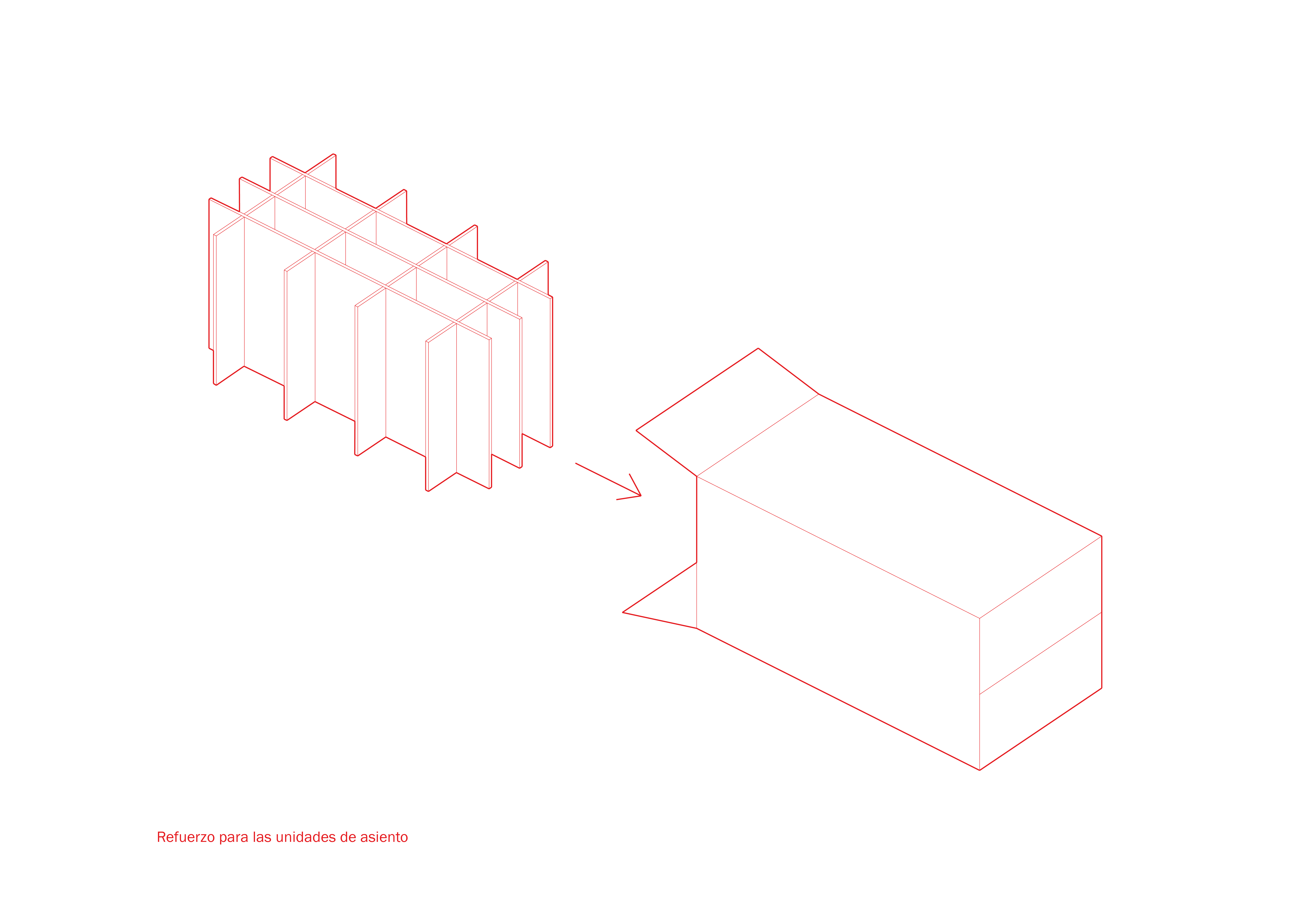
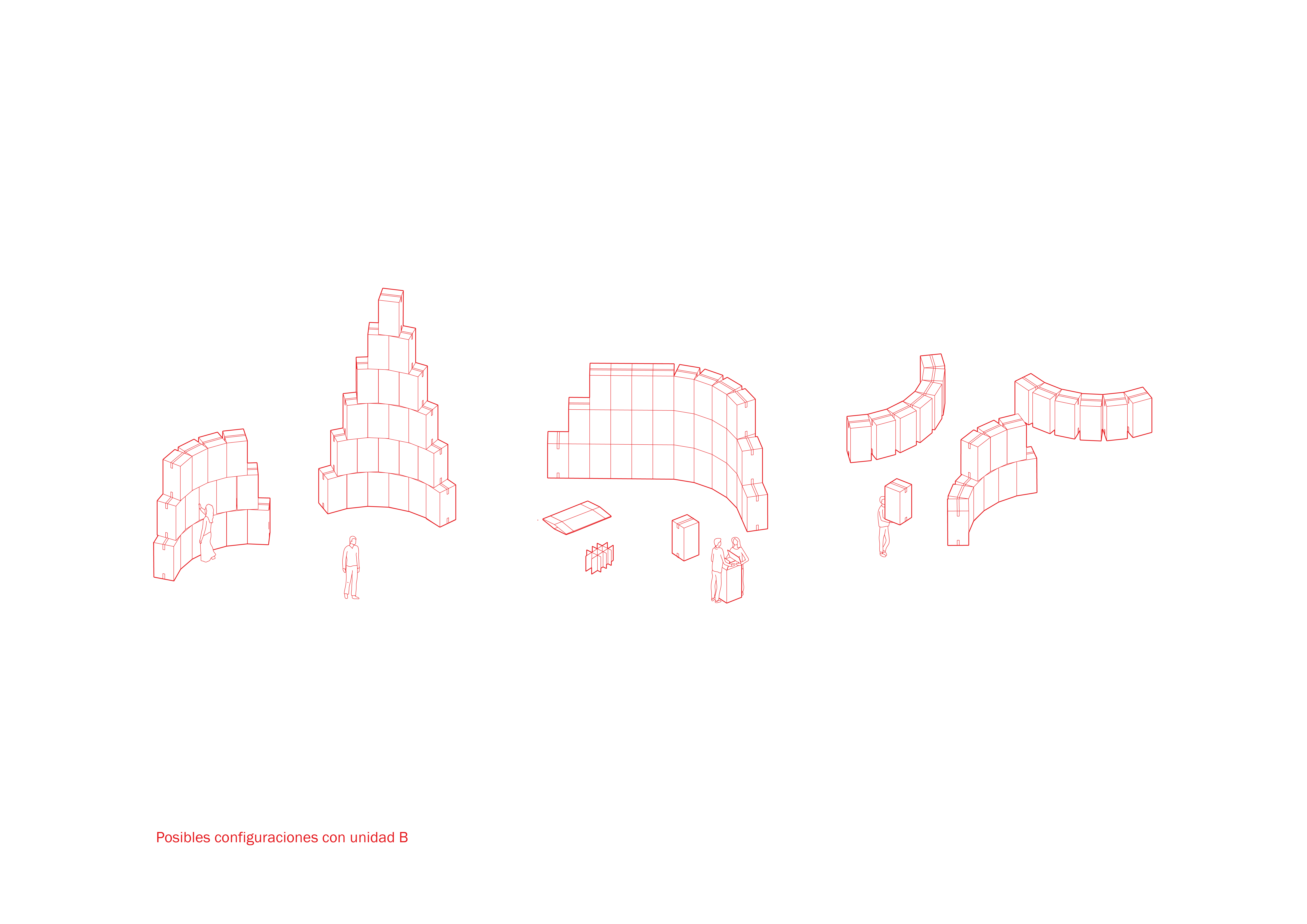
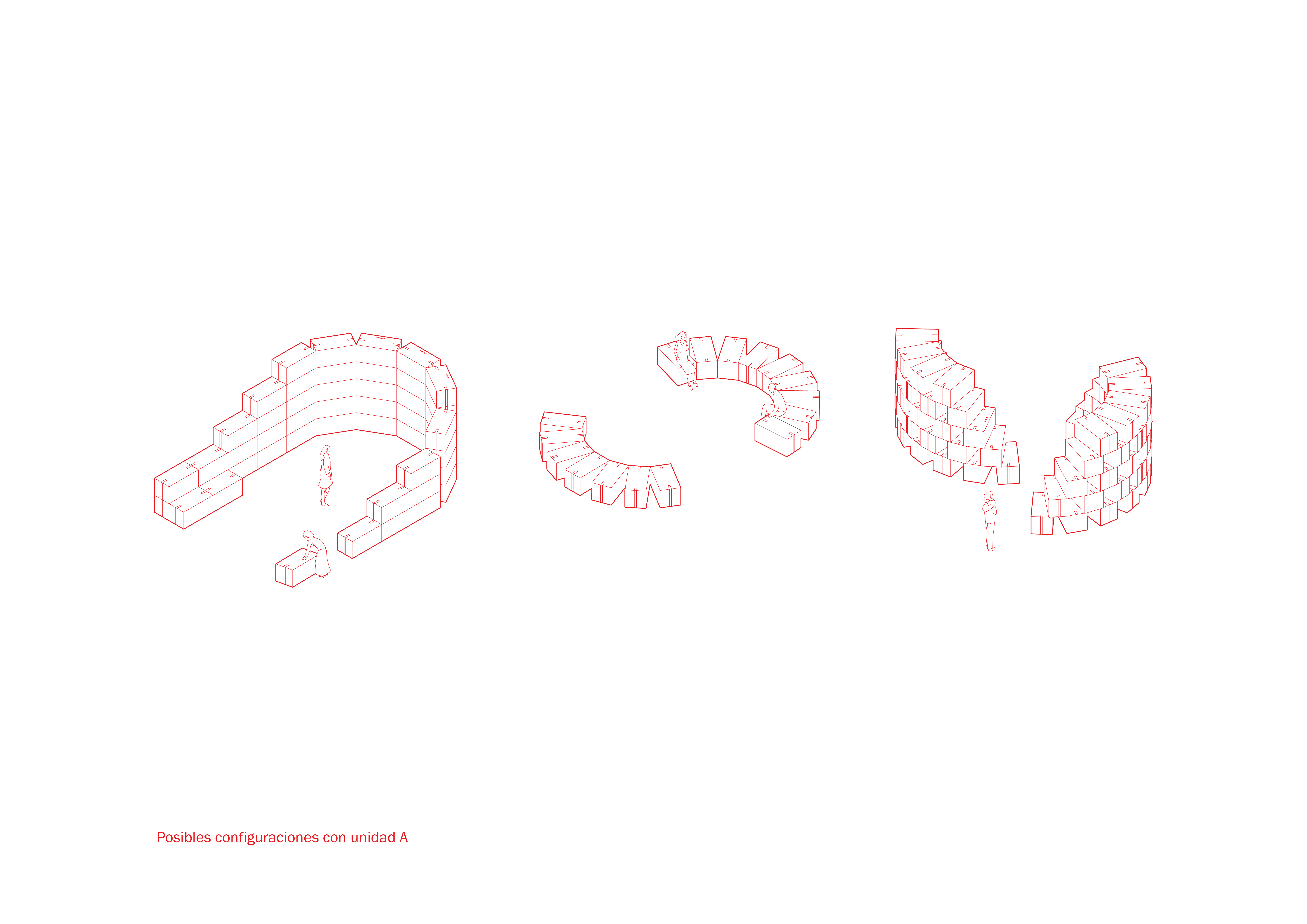
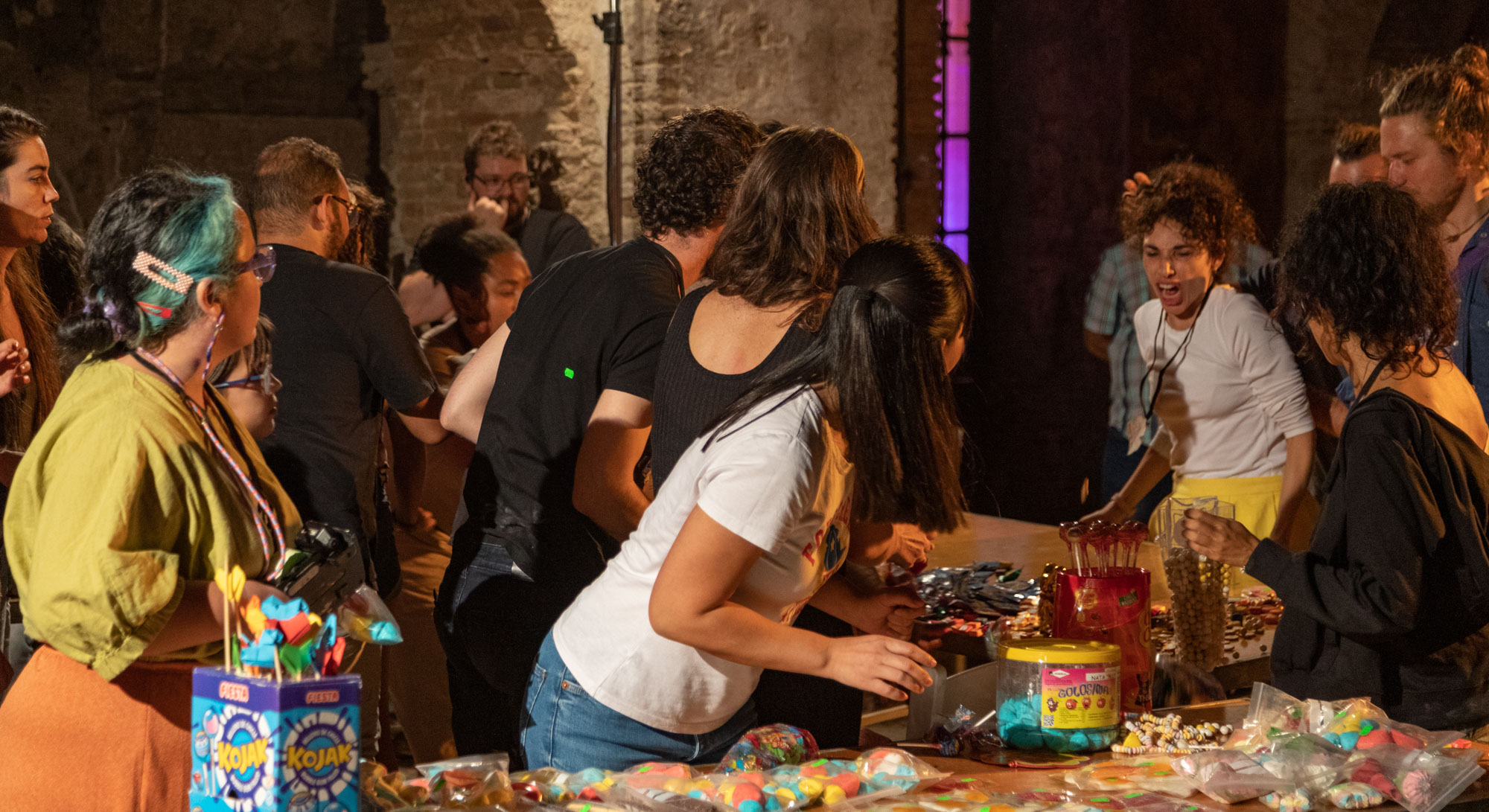
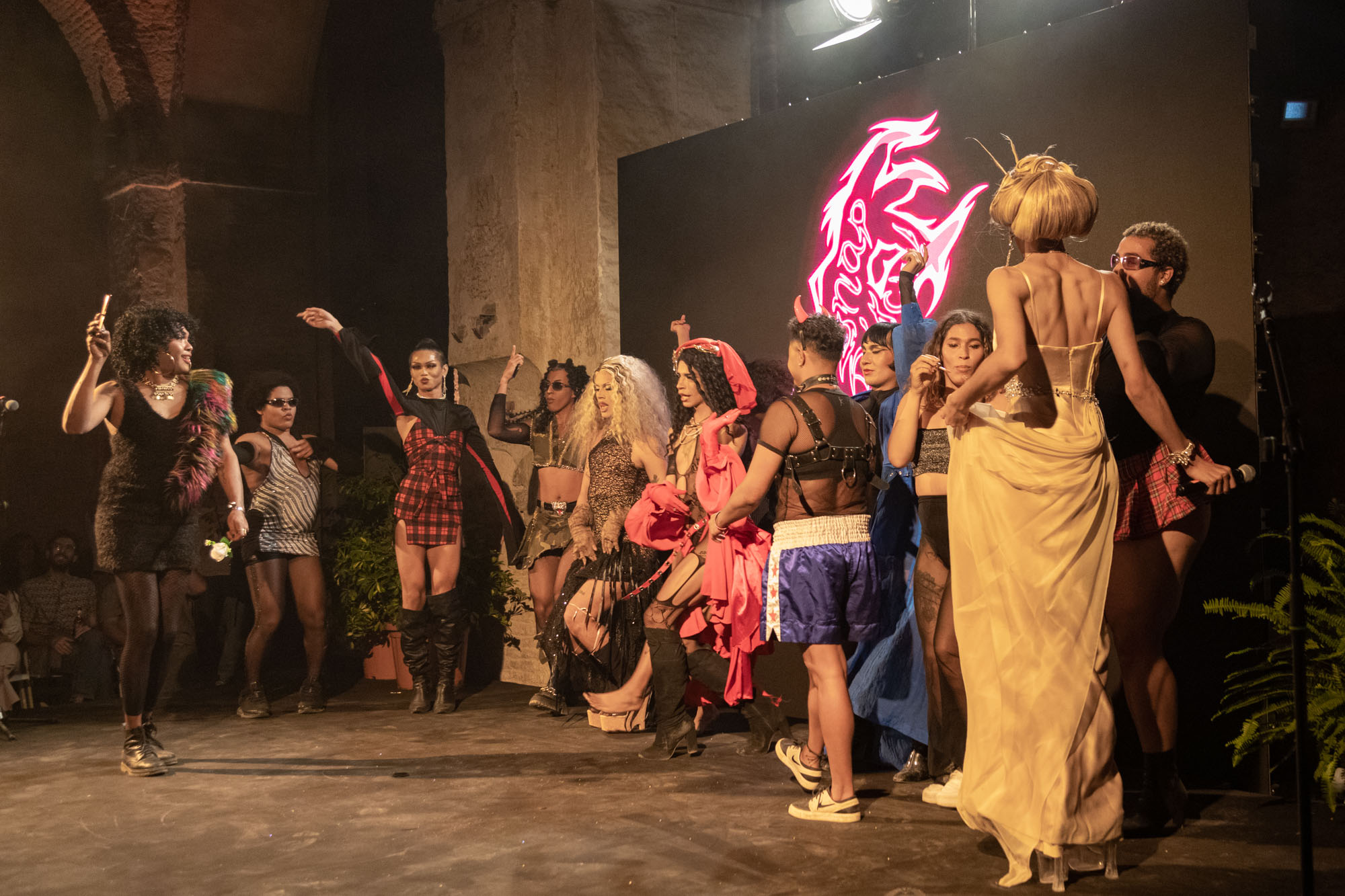
(1)
The anti-racist artists of the Ayllu Collective have
also used the figure of the "nefando sin" in their work. Their work,
in general, serves as a significant reference and companion to this project.
(2) Escrivivencias is a term coined by Afro-Brazilian thinker Conceição Evaristo. https://www.itausocial.org.br/noticias/conceicao-evaristo-a-escrevivencia-serve-tambem-para-as-pessoas-pensarem/
(2) Escrivivencias is a term coined by Afro-Brazilian thinker Conceição Evaristo. https://www.itausocial.org.br/noticias/conceicao-evaristo-a-escrevivencia-serve-tambem-para-as-pessoas-pensarem/